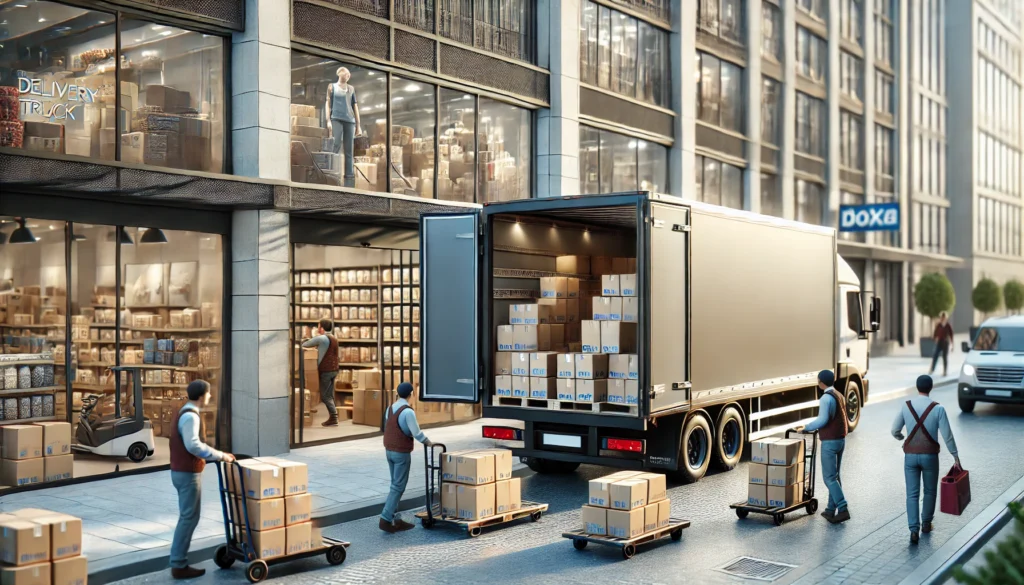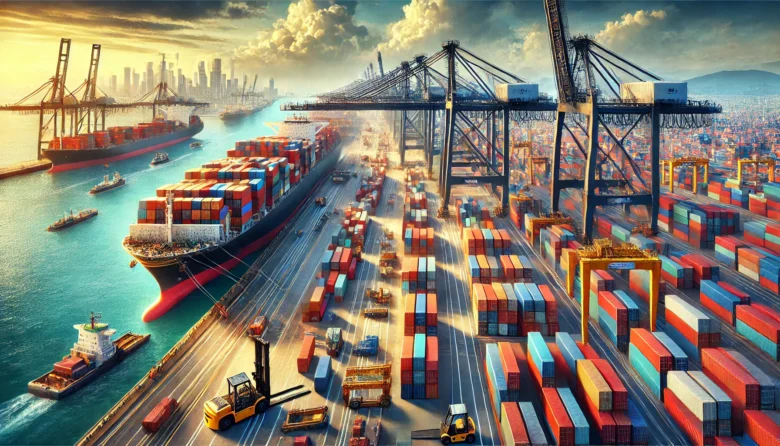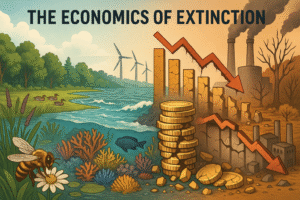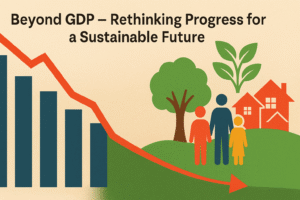Fun Fact: Did you know that a single container ship can carry up to 24,000 shipping containers? That’s enough to fill a small city with goods from around the world!
Introduction
In today’s interconnected world, the efficiency of global supply chains determines how quickly and reliably products reach consumers. However, recent disruptions—ranging from the COVID-19 pandemic to geopolitical tensions—have exposed vulnerabilities in these complex networks. “Resilience in Global Supply Chains: Lessons from Recent Disruptions” explores how businesses and economies can better prepare for future uncertainties.
Understanding Supply Chain Resilience
Supply chain resilience is the capability of a supply network to adjust, recover, and maintain operations in the face of unforeseen disruptions. Companies with resilient supply chains can minimize delays, reduce costs, and maintain customer trust, even in crises.
Key Disruptions in Global Supply Chains
The COVID-19 Pandemic
The pandemic caused factory shutdowns, labour shortages, and shipping delays worldwide. Major industries such as pharmaceuticals, electronics, and automobiles struggled to meet demand due to component shortages. For example, Apple Inc. (a technology company known for iPhones and MacBooks) faced production delays due to its reliance on Chinese suppliers.
The Suez Canal Blockage
In 2021, the Ever Given container ship blocked the Suez Canal for six days, halting nearly 12% of global trade. This incident highlighted how a single chokepoint could disrupt worldwide supply chains, delaying shipments worth billions.

Geopolitical Tensions
Trade disputes between China and the U.S., as well as the Russia-Ukraine conflict, have disrupted energy supplies and semiconductor manufacturing. Tesla Inc. (an electric vehicle manufacturer) faced chip shortages, leading to production slowdowns.
Natural Disasters
Hurricanes, floods, and earthquakes have frequently impacted supply chains. For instance, the 2011 earthquake in Japan disrupted auto and tech industries, affecting giants like Toyota (a multinational automotive company) and Sony (a consumer electronics brand).
Strategies for Building Supply Chain Resilience
Diversification of Suppliers
Companies are moving away from single-source suppliers to avoid over-reliance on one region. Many businesses now adopt a “China Plus One” strategy, where they source goods from China and another country, such as Vietnam or India.
Nearshoring and Regionalization
Instead of depending on distant suppliers, companies are bringing production closer to key markets. For example, General Motors (GM) (an automobile manufacturer) has invested in North American semiconductor production to secure its chip supply.
Improving Supply Chain Visibility
Advanced analytics, real-time tracking, and Artificial Intelligence (AI) help businesses monitor shipments and anticipate delays. Amazon (a global e-commerce giant) uses predictive analytics to optimize inventory management and reduce delivery times.
Investment in Automation and Technology
Robotics and AI-driven solutions reduce dependency on human labour, making supply chains more resilient. Walmart (a multinational retail corporation) has automated many warehouse operations to handle demand fluctuations efficiently.
Strengthening Logistics and Infrastructure
Governments and businesses are investing in better transportation networks. India’s “Gati Shakti” initiative aims to enhance logistics infrastructure, reducing transit times and costs.
Sustainability and Circular Supply Chains
Companies are focusing on eco-friendly supply chains by using recyclable materials and reducing waste. Unilever (a multinational consumer goods company) has adopted circular economy practices to ensure sustainability and resilience.
Case Studies: Success Stories in Resilient Supply Chains
Toyota’s Just-In-Time (JIT) Model with Backup Plans
Toyota’s JIT system minimizes waste and storage costs. After the 2011 earthquake, Toyota improved its supplier network by diversifying sourcing and stockpiling critical components.
Amazon’s Agile Supply Chain
Amazon’s fulfilment centres and AI-driven logistics ensure fast deliveries even during peak demand, making it a leader in supply chain agility.
Apple’s Dual-Sourcing Strategy
Apple reduced dependency on a single supplier by working with multiple manufacturers, ensuring a steady flow of components despite disruptions.
Conclusion
Global supply chain disruptions are inevitable, but businesses that adapt and invest in resilience can withstand crises and maintain smooth operations. Companies must diversify suppliers, embrace technology, and strengthen logistics to prepare for the future. As consumers, we can also support businesses that prioritize resilience and sustainability. The next time you receive an online order on time, remember the intricate network of strategies ensuring its delivery!
Author’s Note
The recent years have taught us that supply chains are the backbone of global trade. As businesses adapt to new challenges, resilience will remain the key to ensuring stability. Let’s keep learning and innovating to build stronger supply networks for the future!
G.C., Ecosociosphere contributor.
References and Further Reading
- World Economic Forum: Future of Supply Chains
- Harvard Business Review: Supply Chain Strategies
- Wang, M. (2023). How Do Political and Business Ties Matter for Supply Chain Management Capability? An Empirical Test of an Integrative Framework. Sustainability, 15(1), 208.
- What Is Business Process Reengineering? Steps, Methods, & Benefits | DesignRush. https://www.designrush.com/agency/business-consulting/trends/what-is-business-process-reengineering
- The Chain Effect on Manufacturing. https://www.ceoinsightsasia.com/industry-insider/the-chain-effect-on-manufacturing-nwid-9425.html





Comments
Thank you for the good writeup. It in fact was a amusement account it. Look advanced to more added agreeable from you! By the way, how can we communicate?